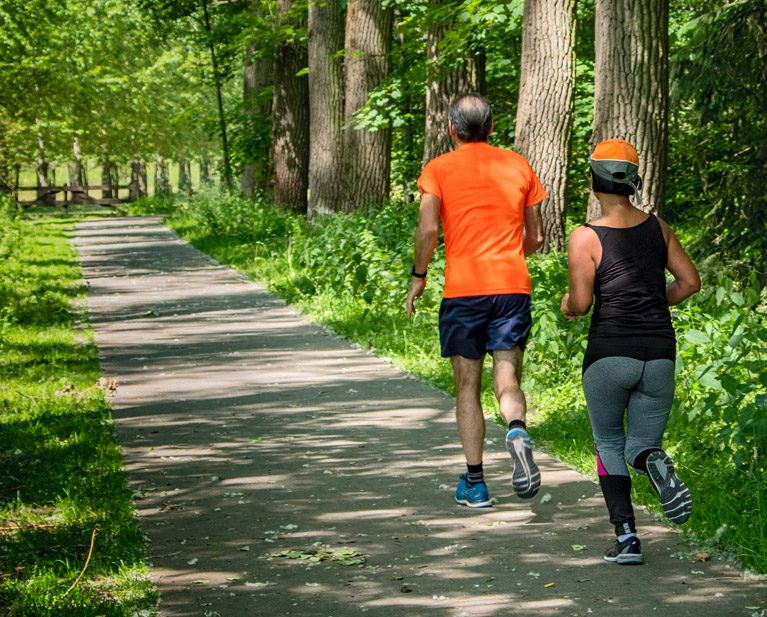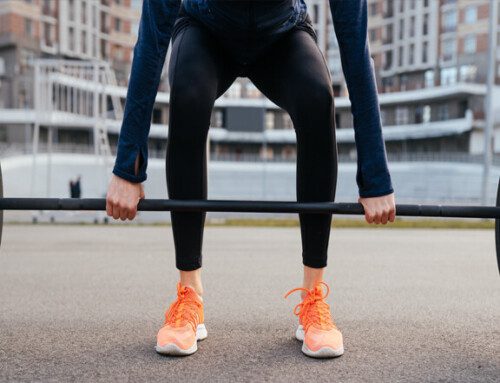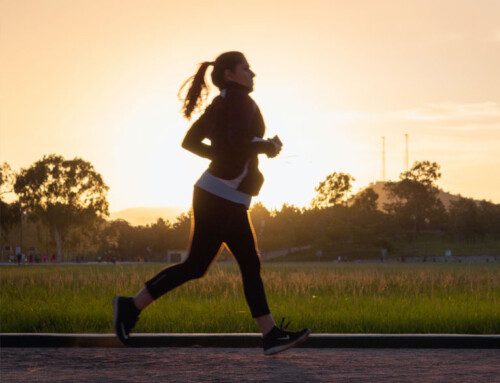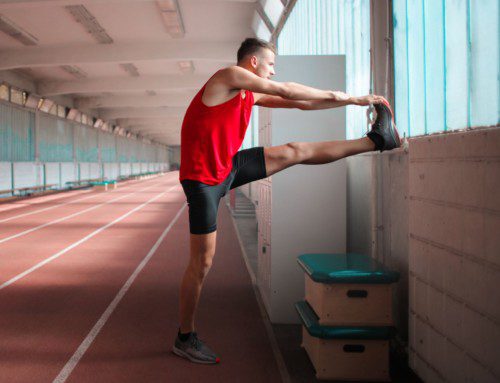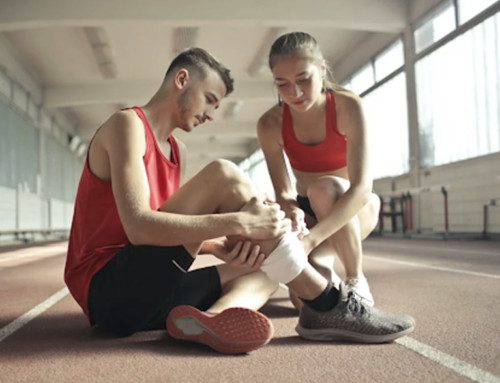According to Dr. DeVita, the answer is yes!
We know that as you age, there is a decrease in aerobic endurance, or the body’s ability to use the oxygen we breathe. This however does not mean that you become slower; it simply means that running at the same speed is more difficult. Dr. Paul DeVita (a professor at East Carolina University) and his colleagues at Wake Forest recently published a study that showed as you age, people begin to walk with shorter steps and rely more on hip musculature than ankle musculature. When they assessed running, they found a decrease in step length and step height, however there was not compensation at the hip. Dr. DeVita attributed this adaptation to an increased rate of aging in muscles further away from the brain, as well as a protective mechanism to reduce injuries in the ankle.
While we cannot prevent aging, the process can be slowed by remaining active and strengthening the muscles surrounding the ankle and foot as well as improving balance through proprioception (knowing where the body is in space). This study gives hope to many runners who may have thought their ability to keep up speed in running was over.
In fact, Dr. DeVita states, “Our research indicates that aging running could perhaps maintain their speed through increased calf-muscle strength and power exercises.”
He also suggests that a lower body program focusing on slow, heavy-weight strengthening exercises and faster, lower-weight workouts is optimal and to be mindful of adding new strength training exercises so not to overload the system.
This is just another example of maintaining a strong base and making strength training an important part of our daily routine.
For additional information, check out this article link.

